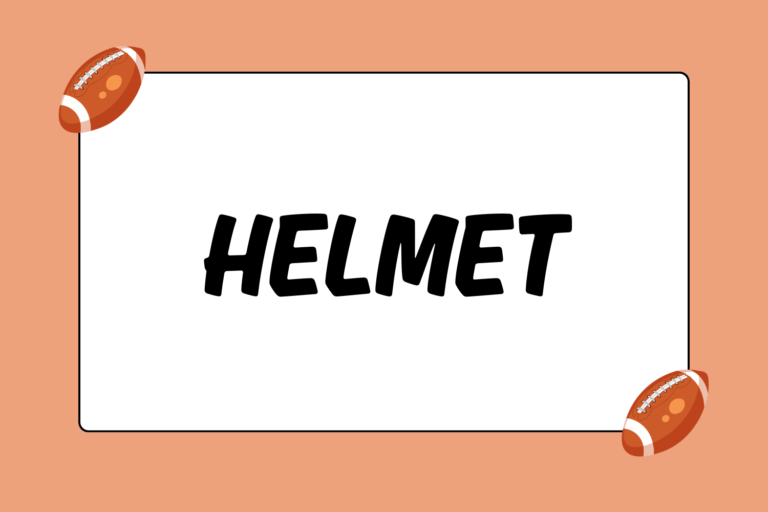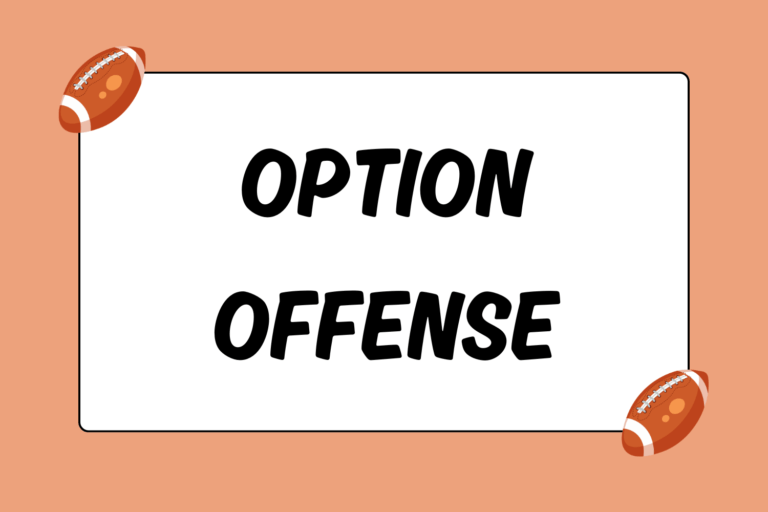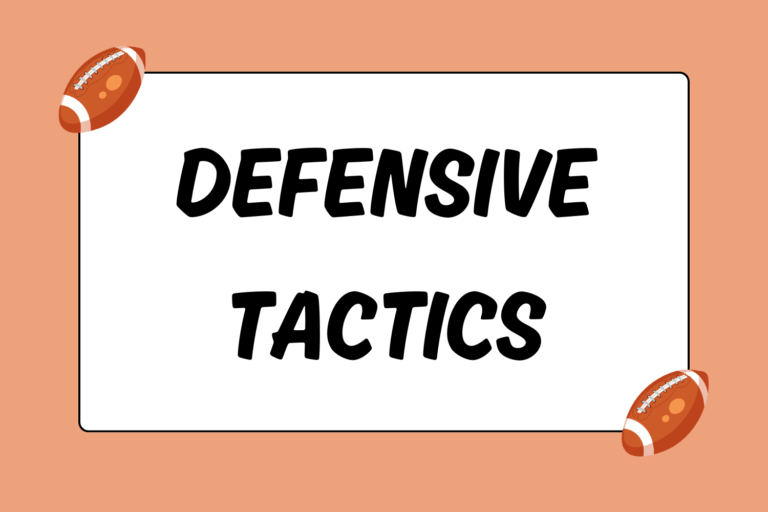Learning a new sport is both a physical and mental endeavor, and football is no exception. The physical half of the process has to do with picking up the actual movements associated with the sport — throwing, catching, blocking, tackling, etc. On the other hand, new players also have to familiarize themselves with the strategic elements of the game. And one of the keys to understanding the strategy inherent in football is absorbing the language of the game.
Some football terms are fairly universal and easy to understand. Terms like offense, defense, points, etc. are definitely not football-specific, and most people are familiar enough with them that they don’t warrant further explanation. However, some frequently used words and phrases may be completely foreign to a person who is unfamiliar with the game. Below are six frequently used slang football terms that will help new players, parents and participants get a better overall handle on the game.
Three-and-out
In football, the offensive team gets four downs to either score points or advance at least 10 yards. The defense, of course, wants to stop them as quickly as possible so their team can regain possession of the ball. The term ‘three-and-out’ refers to the defensively ideal scenario in which this happens rather quickly: The offense’s first three plays of a possession are stopped before they can gain 10 yards or score, forcing them to punt the ball away.
Go for It
Again, the offense has four downs to either advance 10 yards or score points. Usually, if the offense doesn’t do one of those two things within the first three downs, they will elect to punt the ball away. Basically, they sacrifice possession of the ball in favor of giving their defense a better field position. However, in certain situations — usually in the final minutes of a game or when the offense needs a very minimal gain to get a first down — the offense will run an additional play on the fourth down instead of punting the ball. This decision is referred to as “going for it,” meaning the offense is going for the score or for a fresh set of downs.
Throw(ing) a Bomb
There are many different high risk/high reward scenarios in football, though one is used more frequently than the rest: The deep pass. Few plays are as thrilling (for the crowd), as rewarding (for the offense), or as debilitating (for the defense) as a completed pass that spans a significant portion of the field. Such passing attempts are often referred to as “throwing a bomb,” which just means the quarterback threw the ball at least 40 yards.
Fun Fact:
The term “Hail Mary” is commonly used to refer to a bomb thrown in the closing moments of the game, when the offense must score a touchdown in order to win.
Busted Play
During the course of an offensive play, things don’t always go as planned. Sometimes the defense reacts in an unexpected manner and the linemen aren’t sure who to block; sometimes the quarterback and running back have different plays in mind that cause the two of them to collide in the backfield. Whatever the cause, these types of scenarios can easily result in a busted (or broken) play, where the play itself devolves into a reactionary and chaotic backyard football-esque scenario. While these situations don’t always end poorly for the offense, they hinder offensive progress far more often than they help it.
Freeze/Ice the Kicker
Being a football team’s kicker can be incredibly stressful. While other players have many, many chances to both gain success and stave off failure, the kicker could potentially be called on for only one crucial play — a last-second, for-the-game field goal. And in these situations, opposing coaches have the rather sneaky option of calling a time-out just before the ball is snapped. This is done in an attempt to psych the kicker out. Such timing-specific timeouts are characterized as an attempt to ‘freeze’ or ‘ice’ the placekicker.
The Trenches
The term “trenches” is an allusion to the shallow ditches soldiers used to dig along the front lines of a battleground, where the vast majority of the fighting was done. In football, that same term refers to the area between the offensive and defensive lines, along the line of scrimmage. In both situations, the majority of the action takes place in the trenches, which is where the connection originates. Much like the soldiers in the trenches did the majority of the fighting in a war, the offensive and defensive linemen battle each other in the trenches on every play.
Become a Student of the Game
Learning these six terms — and more to the point, understanding what they refer to — is a good start at increasing your football knowledge. However, there are literally hundreds of other terms, both technical and informal, that are used with regularity. The stronger your football vocabulary, the better you will understand the game, so be sure to check out our Football Glossary!





